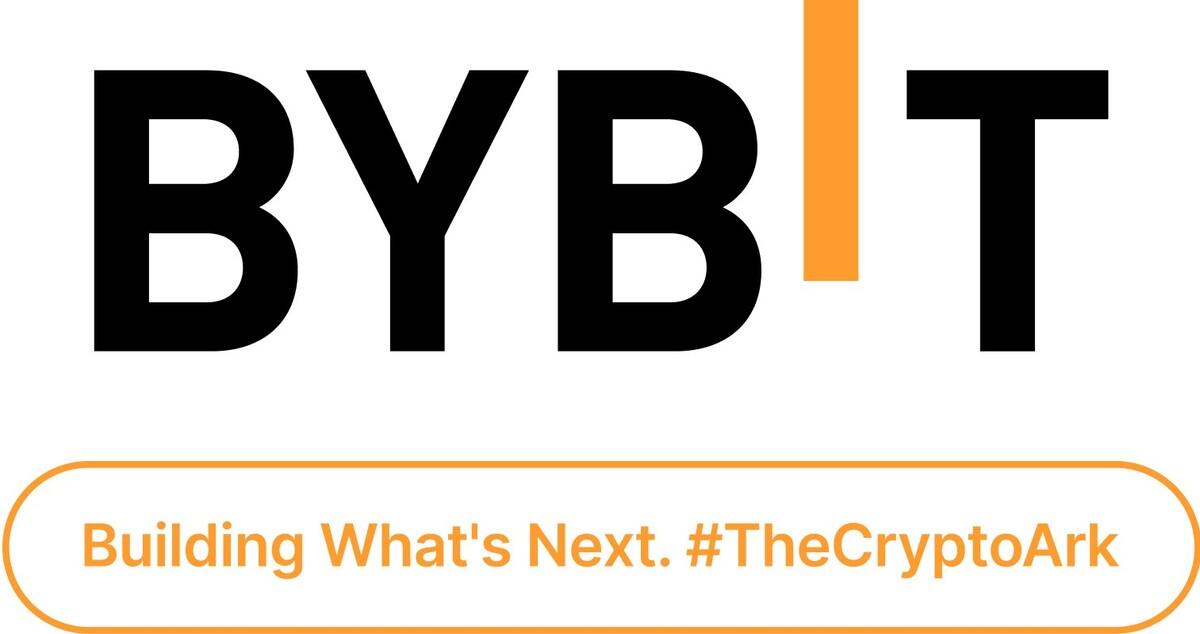Key Points:
- Token-transferring sidechains and bridges face hacking risks.
- Merlin Chain maintains security despite layer 2 confusion.
- Bitcoin competes with other high-return crypto and real-world assets.
According to Bloomberg, High-risk DeFi projects like Merlin Chain, using sidechains and bridges for transactions, attract investors despite notable security concerns and hacking histories.

Bitcoin has seen billions of dollars invested in blockchain projects that have traditionally been vulnerable to hackers and cyber threats.
High-risk DeFi Projects: The Allure and Danger
Despite the appeal of passive yield earnings, these projects mask the risks that come with such a product since Bitcoin’s blockchain doesn’t function as a “proof of stake” network. Instead, they use a piece of software called sidechains and bridges to transfer tokens between blockchains.
Hacks of sidechains and bridges have led to some of the biggest losses in cryptocurrency history. For example, Ronin—a sidechain for the blockchain-based game Axie Infinity—lost about $625 million to thieves in March 2022. Wormhole, a bridge for Solana and other blockchains, had about $325 million stolen last year.
Developers of the projects pitch them as layer 2 blockchains, meaning they use the security of Bitcoin’s chain but enable faster transactions and popular decentralized finance applications. But Bitcoin’s network cannot verify transactions on other chains, so that is an open-ended security risk.
One of the hottest projects in the category is Merlin Chain, which has received more than 11,642 Bitcoin worth some $800 million. There have been no security breaches reported, but the value of Bitcoin at stake is enough to make these projects incredibly attractive to thieves.
Readmore: Can Bitcoin Solve US Debt Crisis? Trump’s Surprising Inquiry
Merlin Chain: A Controversial Layer 2 Blockchain
The founder of Merlin Chain, Jeff Yin, says that Merlin Chain is not a layer 2 blockchain but that the misconception is a branding language problem. Still, Merlin Chain’s website markets the project as a layer 2 blockchain.
For security, Merlin Chain said that they are working with several institutional custodian firms and have paid millions of dollars for security services.
These efforts are nothing new in the crypto world. Wrapped Bitcoin, for example, was launched by digital-asset firm BitGo in January 2019 and can be deployed on multiple blockchains, including Ethereum.
And now, Bitcoin faces competition from crypto projects that reward holders and higher rates offered by safer, real-world assets such as US Treasuries.
| DISCLAIMER: The information on this website is provided as general market commentary and does not constitute investment advice. We encourage you to do your own research before investing. |























